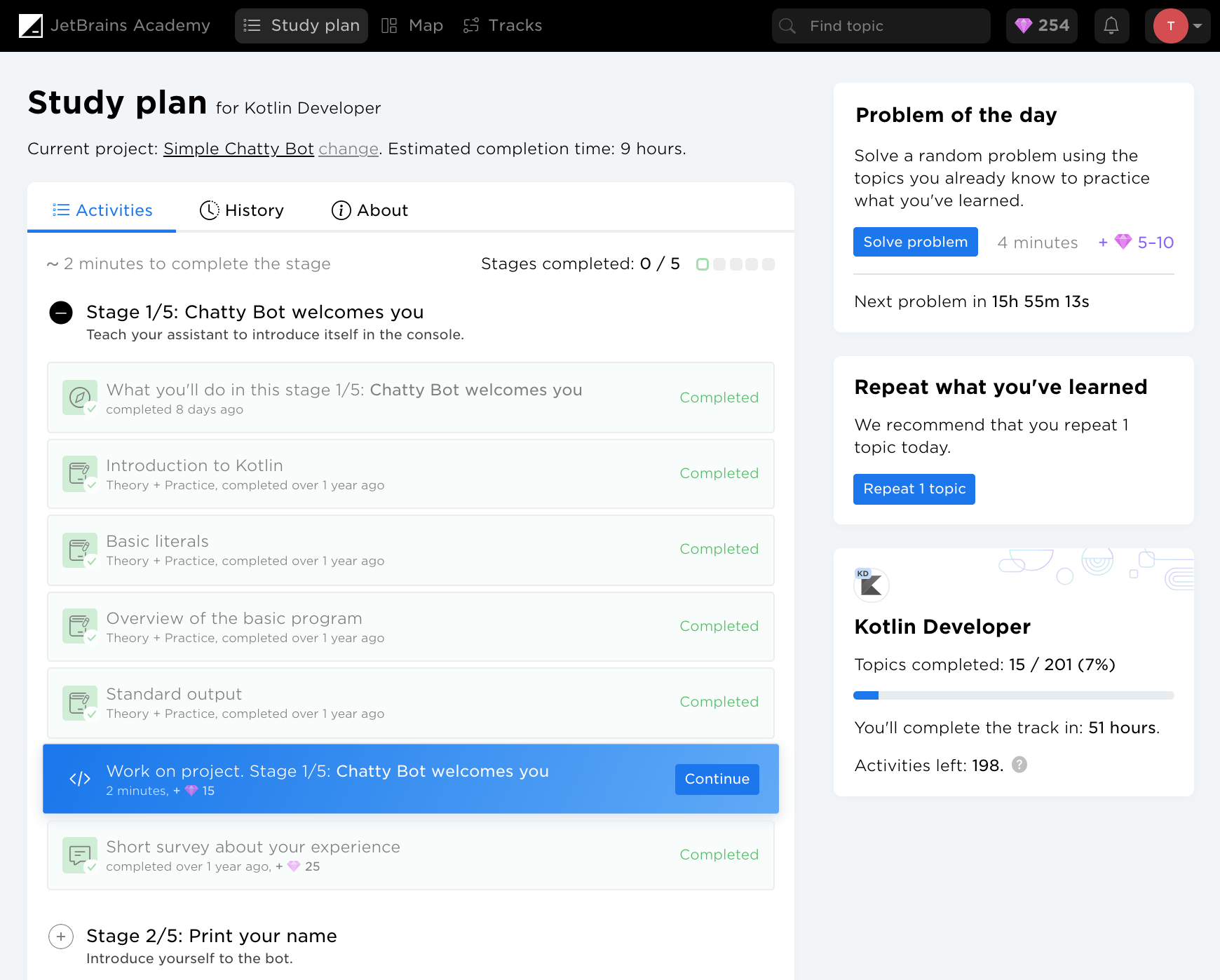

What would have taken us days now takes us hours.” Availability of standard components like Chip helps saving time by being able to use pre-fabricated design-/view-components. Thanks to ScalingLaz圜olumn it is easier (compared to RecyclerView) to create scrolling screens without wasting resources. “ Huge improvement is how lists are created.
#Jetbrains student account free code
Outdooractive has already embraced Wear OS 3, and by migrating to Compose for Wear OS they aimed for developer-side benefits such as having a modern code base and increased development productivity: Relying on Compose for Wear OS has improved both developer and user experience for Todoist: It gave us new motivation and opportunity to invest into the platform.” “When the new Wear design language and Compose for Wear OS were announced, we were thrilled. They are one of the first companies to completely rebuild their Wear OS app using Compose and redesign all screens and interactions: Todoist helps people organize, plan and collaborate on projects. We are also excited to share how developers have already adopted Compose in their Wear OS apps and what they like about it. As we are working on bringing new features to future versions of Compose for Wear OS, we will continue to welcome developer feedback and suggestions. Your feedback has helped shape the development of Compose for Wear OS our developer community has been with us each step of the way, engaging with us on Slack and providing feedback on the APIs, components, and tooling. Moving forward, Compose for Wear OS is our recommended approach for building user interfaces for Wear OS apps. The Compose for Wear OS 1.0 release means that the API is stable and has what you need to build production-ready apps.
#Jetbrains student account free android
The toolkit not only simplifies UI development, but also provides a rich set of UI components optimized for the watch experience with built-in support of Material design for Wear OS, and it’s accompanied by many powerful tools in Android Studio to streamline UI iteration.

It makes building apps for Wear OS easier, faster, and more intuitive by following the declarative approach and offering powerful Kotlin syntax. Today we’re launching version 1.0 of Compose for Wear OS, the first stable release of our modern declarative UI toolkit designed to help developers create beautiful, responsive apps for Google’s smartwatch platform.Ĭompose for Wear OS was built from the bottom up in Kotlin with assumptions of modern app architecture. Posted by Kseniia Shumelchyk, Android Developer Relations Engineer


 0 kommentar(er)
0 kommentar(er)
